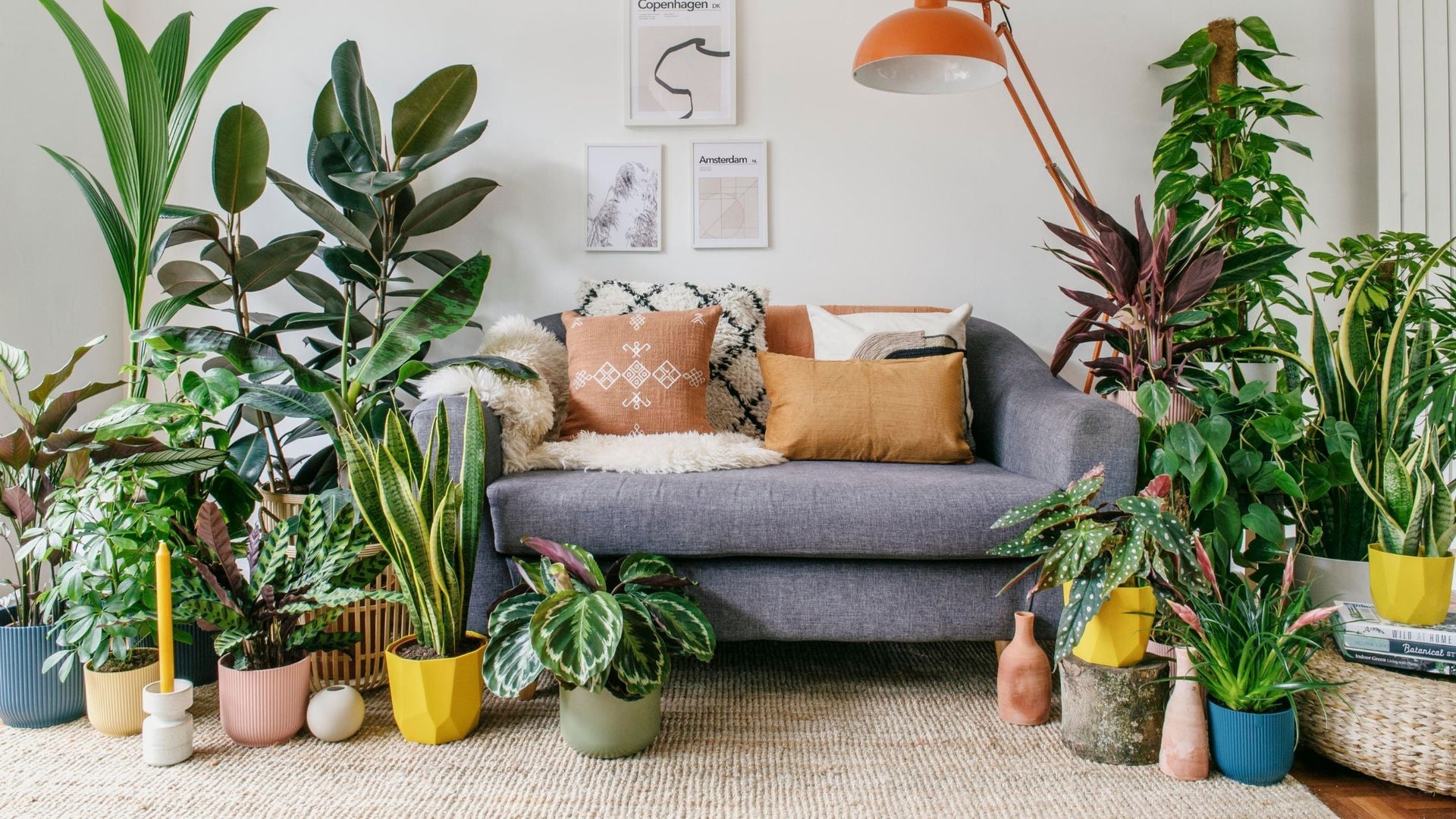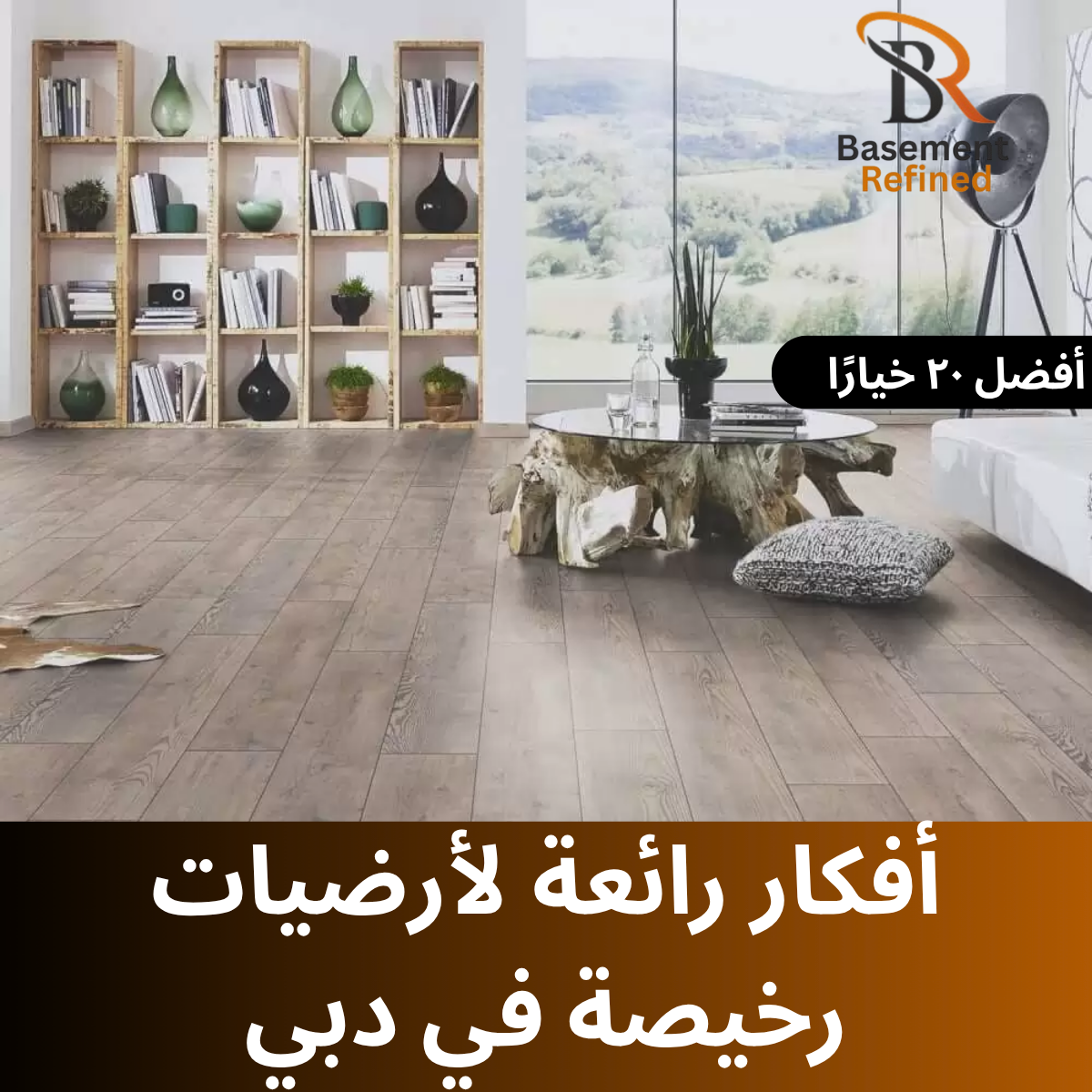Opening Hook
When Bilal converted his Karachi basement into a cozy study, he imagined late-night reading sessions, quiet work hours, and movie nights with his kids. But within a few weeks, his dream space turned into a nightmare—his children complained of headaches, the air felt stuffy, and a strange musty smell lingered no matter how much he cleaned. What Bilal didn’t realize was that indoor pollution in underground rooms can be far more dangerous than in regular living spaces.
If you’ve ever spent time in a basement, underground office, or lower-level apartment, you know that the air often feels heavier. But what you may not know is that poor air circulation, hidden pollutants, and dampness can quietly affect your health. The good news? With the right strategies, you can transform even the most confined underground space into a clean, breathable haven.
1. Why Underground Rooms Are More Prone to Pollution
Unlike rooms above ground, underground spaces don’t benefit from natural air circulation. Windows are smaller, sometimes nonexistent, and walls are often surrounded by soil, which traps moisture. As a result, pollutants—like dust, mold spores, and chemicals from cleaning products—tend to linger longer.

For instance, studies show that indoor air quality can be two to five times worse than outdoor air, and basements are often at the extreme end of this range. If untreated, this can lead to health issues such as allergies, asthma, fatigue, or, in severe cases, long-term respiratory problems.
In Bilal’s case, the musty smell came from hidden mold colonies that had grown behind a drywall panel due to trapped humidity. Once discovered, he realized air quality was not just about comfort—it was about health.
Read More: Mixing Traditional Pakistani Decor with Modern Design: Creating Homes with Soul and Style
2. Ventilation: The Lifeline of Clean Air
The most important step in reducing pollution in underground rooms is ventilation. Without fresh air, pollutants simply keep recycling within the same space.
One practical solution is installing a mechanical ventilation system, such as an HRV (Heat Recovery Ventilator) or ERV (Energy Recovery Ventilator). These devices pull in fresh outdoor air and expel stale indoor air, balancing circulation without wasting energy.
For smaller budgets, a simpler method could be running exhaust fans in connected bathrooms or stairways. In Bilal’s case, he added a ducted fan system that pulled in filtered outdoor air from his backyard, making the space feel instantly fresher.
Read More: Construction Insurance for Basement Projects in Pakistan: Why It Matters More Than You Think
3. Moisture Control: The Enemy of Clean Air
Moisture is one of the biggest culprits in underground spaces. It seeps through walls, creates dampness, and encourages mold growth.
To combat this:
- Seal cracks and leaks in foundation walls to prevent water intrusion.
- Use a dehumidifier to maintain humidity levels between 30–50%.
- Ensure proper drainage systems outside the building to divert rainwater away.
For instance, Nadia, a Lahore homeowner, noticed that her children often sneezed when playing in their basement playroom. After testing, she found that humidity levels were consistently over 70%. By installing a powerful dehumidifier, she not only reduced sneezing episodes but also eliminated the musty smell that lingered for months.
Read More: Fire Safety Systems for Underground Levels: Protecting Lives Below Ground
4. Watch Out for Hidden Pollutants
While dust and mold are obvious concerns, underground rooms can harbor less visible pollutants that are just as harmful.
- Radon Gas: Naturally released from soil, radon can seep through basement floors and walls. Long-term exposure has been linked to lung cancer. Radon test kits are affordable and can help identify risks.
- Volatile Organic Compounds (VOCs): These are chemicals released from paints, cleaning supplies, and furniture adhesives. Because ventilation is poor underground, VOCs accumulate faster.
- Carbon Monoxide: If an underground room shares space with a furnace or generator, poor ventilation can trap this deadly gas. Installing detectors is essential.
In contrast to visible dust, these pollutants often go unnoticed until health problems appear. That’s why prevention and monitoring are key.
Read More: How to Soundproof a Kids’ Play Area
5. Air Purification: Your Second Line of Defense
Even with ventilation and moisture control, some pollutants persist. That’s where air purifiers step in.
HEPA-filter air purifiers capture particles like dust, pollen, and mold spores. For underground rooms, pairing HEPA with activated carbon filters is ideal, since carbon absorbs odors and VOCs.
For example, a family in Islamabad installed a high-grade air purifier in their basement gym. Not only did it reduce odors from sweat and rubber mats, but it also improved their stamina since they weren’t breathing in stale, polluted air during workouts.
Read More: Best Ceiling Fans for Low-Height Basements
6. Smart Material Choices: Prevention Over Cure
Another way to reduce indoor pollution is by choosing healthier building materials and furnishings.
- Opt for low-VOC paints and finishes when renovating.
- Use solid wood furniture instead of particleboard, which often contains formaldehyde.
- Replace old carpets, which trap dust and mold, with easy-to-clean flooring like tiles or vinyl.
Furthermore, textiles like curtains and rugs should be washable. This way, pollutants don’t accumulate silently over the years.
Read More: Best Wallpapers for Moist Basement Walls
7. Plants: Nature’s Silent Helpers (With Caution)
Adding greenery can improve both air quality and mood. Certain indoor plants, like snake plants and peace lilies, are known to absorb toxins. However, in underground rooms, plants must be chosen carefully.

Too many plants can actually increase humidity, which backfires by encouraging mold. Instead, a few strategically placed, low-maintenance plants are best. Pairing them with grow lights can also brighten up otherwise dim basements.
Read More: Basement Office Ideas – 11 Stylish Work From Home Spaces
8. Lifestyle Habits That Make a Difference
Sometimes, it’s not the room—it’s our habits.
- Avoid smoking indoors, especially underground.
- Store paints, pesticides, and cleaning chemicals outside the basement.
- Regularly clean air ducts, carpets, and upholstery to prevent buildup.
For instance, one office in Lahore reduced sick days among staff by simply banning indoor smoking and adding two portable air purifiers. The change was immediate—employees reported fewer headaches and higher productivity.
Read More: Timelines for Legal Basement Approvals in UAE
9. Technology to the Rescue: Monitoring Air Quality
Just as we monitor temperature, we can now monitor air quality with small, affordable devices. These sensors measure humidity, carbon dioxide, VOCs, and even radon levels.
By tracking air quality in real-time, homeowners can take action before problems escalate. For Bilal, installing a monitor helped him maintain balance—he could now see when humidity was rising and switch on his dehumidifier before mold grew again.
Read More: Top Pakistani Brands Offering Anti-Fungal Paints
10. Closing Thoughts: Creating Healthy Underground Spaces
Underground rooms can be cozy retreats, functional offices, or even vibrant family spaces—but only if they are safe to breathe in. Reducing indoor pollution requires a combination of ventilation, moisture control, air purification, and smart choices.
From Bilal’s hidden mold problem to Nadia’s humidity struggles, we’ve seen that underground pollution is often invisible yet deeply impactful. But with careful planning—like adding ventilation, using purifiers, and keeping an eye on hidden toxins—you can turn these spaces into healthy environments.
In the end, remember this: your home should be a place of comfort, not compromise. So the next time you step into an underground room and feel the air heavy, ask yourself—what’s in the air I can’t see? And more importantly, what can I do today to make it safer?
Call-to-Action: Take a moment to test your underground room for humidity, radon, or stale air. Small steps now can save you from big health problems later—and turn your underground space into the fresh, welcoming retreat you always imagined.
🏗️ Basement Project Calculator
Latest Post
-
Basement Ceiling Ideas Hide Ductwork Smartly
Opening Hook Imagine walking into your basement in Boise, Idaho—where the ceiling is so low that you brush your head on the joists—and noticing a sleek, well-designed backdrop above you instead of exposed ductwork and pipes. That difference, thanks to smart basement ceiling ideas, transforms a cramped, unfinished area into a welcoming space for movie…
-
أفكار رائعة لأرضيات رخيصة في دبي | أفضل ٢٠ خيارًا
تخيل زوجين شابين في شقة مريحة في مرسى دبي، يخطوان حافيي القدمين على أرضية أنيقة بلمسة خشبية. غرفة المعيشة تتلألأ بضوء مسائي خافت، والأرضية تحتها لا تزال تبدو جديدة تمامًا رغم سنوات من الاستخدام – وكل هذا بميزانية محدودة. هذه هي قوة اختيار أرضيات جميلة ورخيصة في دبي: الأناقة والتوفير في آن واحد. التركيز على…
-
Beautiful Cheap Flooring Ideas in Dubai | Top 20 Picks
Imagine a young couple in a cosy apartment in Dubai Marina, stepping barefoot onto a sleek, wood-look floor. The living room glows with soft evening light, the flooring beneath still looks brand-new despite years of use—and all this on a budget. That’s the power of choosing beautiful, cheap flooring in Dubai: style and savings in…




Your writing is not only informative but also incredibly inspiring. You have a knack for sparking curiosity and encouraging critical thinking. Thank you for being such a positive influence!